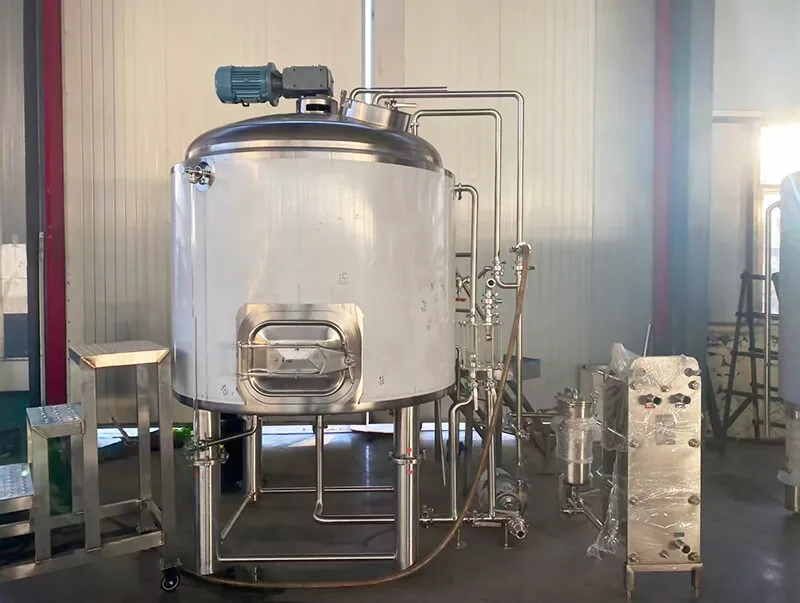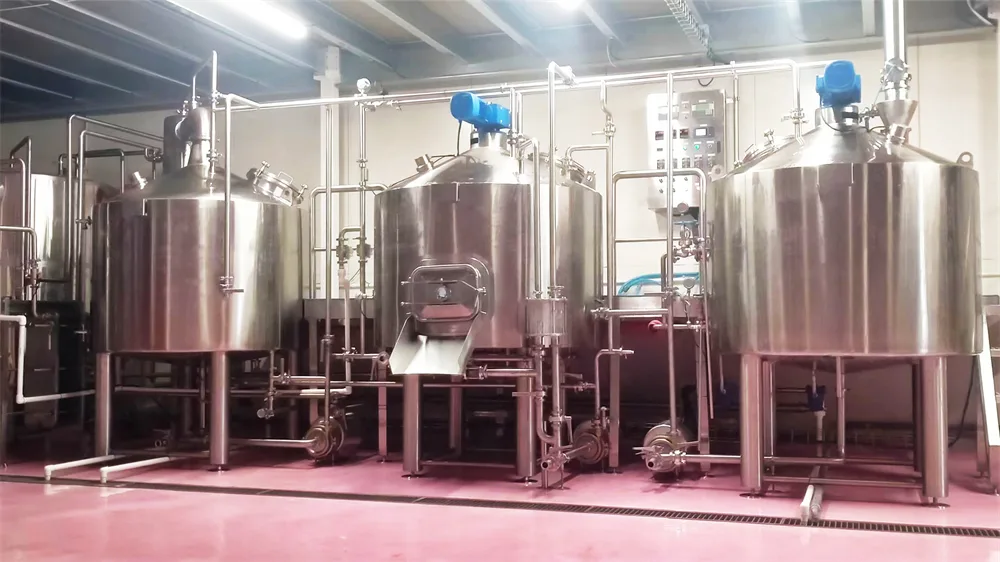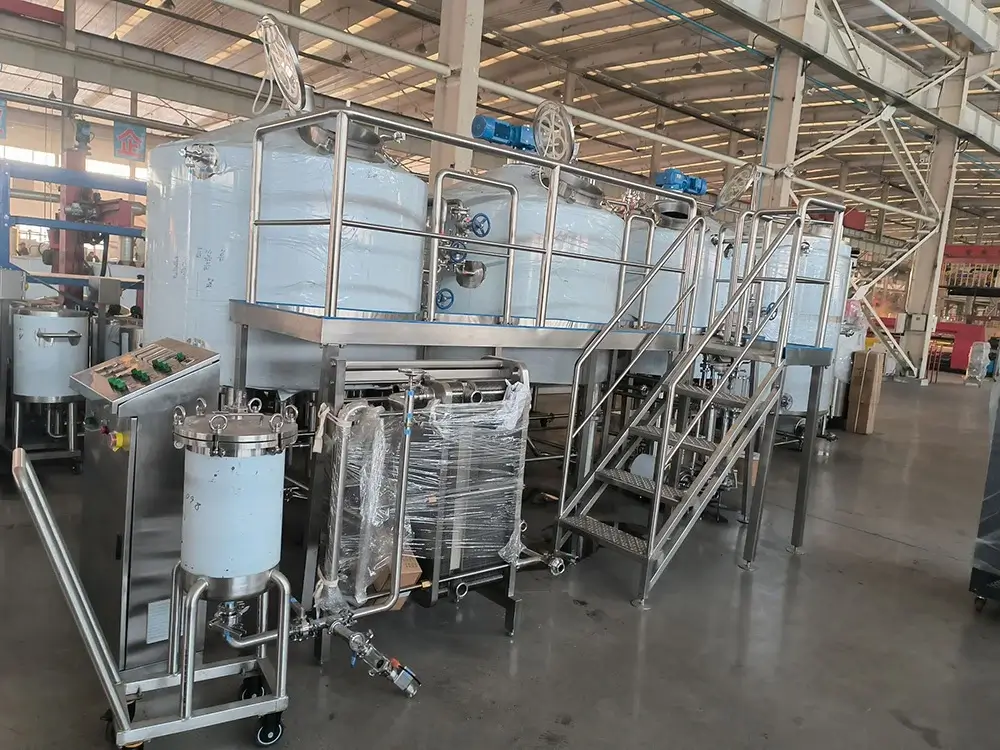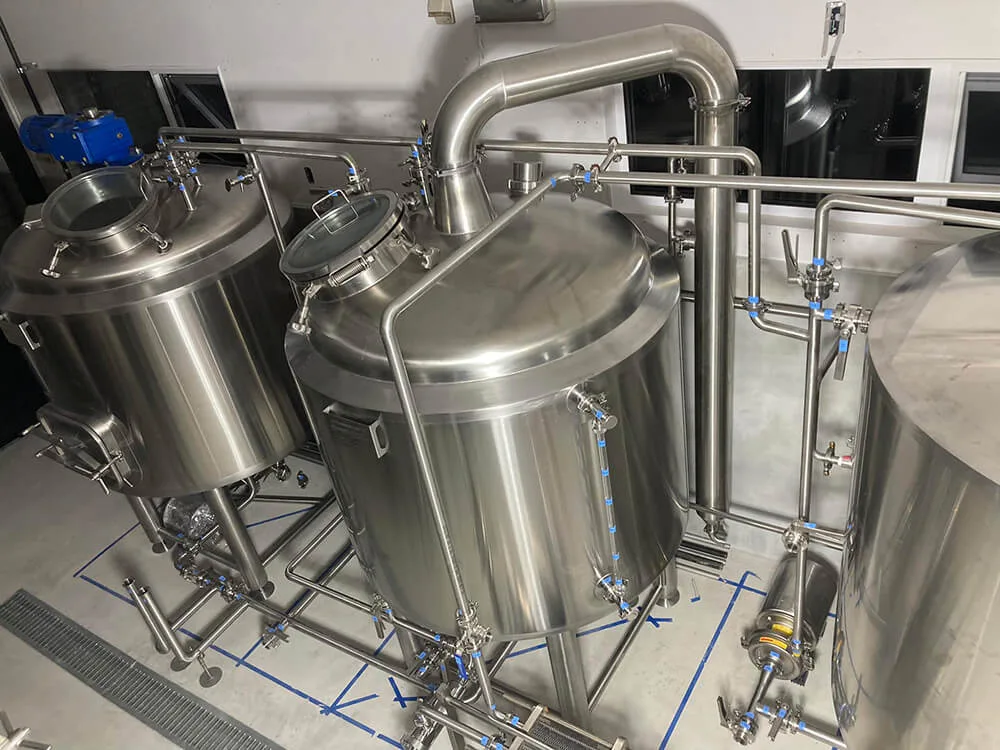As the beverage industry evolves, consumers are increasingly drawn to drinks that emphasize unique flavor profiles and natural freshness. Among the technologies driving this shift, cold brew extraction stands out for its smooth taste, low bitterness, and ability to preserve delicate aromas.
Today, commercial cold brew systems are playing a crucial role in improving both efficiency and quality in large-scale coffee, tea, and even craft beverage production.
What Is a Commercial Cold Brew System?
A commercial cold brew system is an industrial-scale setup designed for low-temperature, long-duration extraction. It’s widely used in coffee and tea production and is becoming more common in brewing and beverage blending processes. Compared with traditional manual cold brewing, these systems feature:
- High capacity — from tens to thousands of liters per batch, meeting the needs of commercial production.
- Automation and precision control — accurate management of temperature, time, circulation, and filtration ensures batch consistency.
- Food-grade sanitary design — made from stainless steel with closed systems and built-in CIP (clean-in-place) for hygiene and durability.
- Modular integration — can be seamlessly connected to filling, cooling, and packaging systems.
Key Roles in the Brewing Process
1. Flavor Optimization
Cold brew technology prevents the loss of volatile aromatic compounds caused by high-temperature extraction. This results in smoother, richer, and more balanced beverages.
For coffee, the cold brew method highlights sweetness and nutty notes while reducing acidity and bitterness. In the brewing industry, it enables creative combinations—like adding cold-brewed coffee, tea, or botanicals to beer—to create new, layered flavors with excellent reproducibility.
2. Process Innovation & Product Development
Cold brew systems open the door for creative beverage formulation. Craft breweries can produce coffee-infused beers; tea brands can develop tea-based blends with fruit or dairy; low-alcohol beverages can use cold brew for enhanced aroma.
In this way, cold brew extraction isn’t just a production step—it’s a platform for innovation.
3. Efficiency and Cost Control
Commercial cold brew systems are designed for automation, minimizing manual work and standardizing production.
Low-temperature extraction consumes less energy than hot brewing, while continuous circulation and filtration improve raw material utilization. Batch consistency and scalability help reduce unit costs, enabling competitive pricing in the market.
4. Food Safety and Quality Assurance
Cold brew systems operate in a sealed, low-temperature environment that reduces microbial risks. Combined with CIP cleaning, they maintain hygiene and comply with food safety standards like HACCP.
The final products can also undergo pasteurization or aseptic filling, extending shelf life for large-scale distribution.
Types of Commercial Cold Brew Systems
Depending on process design and application, commercial cold brew systems can be categorized as:
- Batch Immersion Type – Coffee grounds are steeped in cold water for extended periods, then filtered. Ideal for cafés or small beverage facilities.
- Cold-Drip / Slow-Drip Type – Cold water slowly drips through the grounds, producing a clean and aromatic result. Suitable for specialty or premium products.
- Recirculating / Continuous Type – Uses pumps and multiple tanks to cycle liquid through the grounds for faster, automated extraction—perfect for industrial-scale production.
- Nitro Cold Brew Systems – Infuse nitrogen or mixed gases into cold brew for a creamy texture and visual appeal, often used in ready-to-drink (RTD) markets.
Core Advantages of Commercial Cold Brew Systems
- Consistent flavor quality through precise process control.
- Scalable production and lower operating costs.
- Extended shelf life via integrated filtration, sterilization, and filling systems.
- Flexible product diversification — from concentrated cold brew to RTD and nitro variants.
- Streamlined workflow — full integration from raw material to finished product.
Key Brewing Parameters
Typical process guidelines for coffee cold brew extraction include:
| Parameter | Recommended Range |
|---|---|
| Coffee-to-water ratio | 1:4 – 1:8 (by weight) |
| Grind size | Coarse (similar to sea salt) |
| Extraction temperature | 2 – 10 °C |
| Steeping time | 12 – 24 hours |
| Filtration | Multi-stage (coarse → fine → microfiltration 0.45–1 µm) |
| Quality control | Measure TDS (Total Dissolved Solids) and perform sensory evaluation |
Common Issues and Troubleshooting
| Problem | Possible Cause | Solution |
|---|---|---|
| Bitter / over-extracted | Too fine grind or long steep time | Use coarser grind, shorten steeping |
| Weak / under-extracted | Too coarse grind or short steeping | Increase steep time or coffee ratio |
| Cloudy liquid | Poor filtration or fine grind | Add multi-stage filtration |
| Short shelf life | Poor hygiene or temperature control | Use sealed systems, rapid cooling |
| Low efficiency | Small capacity or manual process | Upgrade to continuous system |
| Difficult cleaning | No CIP system | Choose systems with automatic cleaning |
Selecting the Right Cold Brew System
When investing in a commercial cold brew system, consider:
- Production capacity — match the system size to your daily/weekly output.
- Material quality — choose SUS304 or SUS316 stainless steel with smooth welding and easy-to-clean interiors.
- Automation level — PLC control, touchscreen interface, and data recording improve process consistency.
- Filtration and cleaning system — multi-stage filters plus CIP capability are essential for hygiene.
- Energy efficiency and operating cost — lower long-term utility and maintenance expenses.
- Integration compatibility — ensure the system connects easily to filling, chilling, and packaging equipment.
- Supplier reliability — prioritize vendors with strong technical support, installation, and after-sales service.
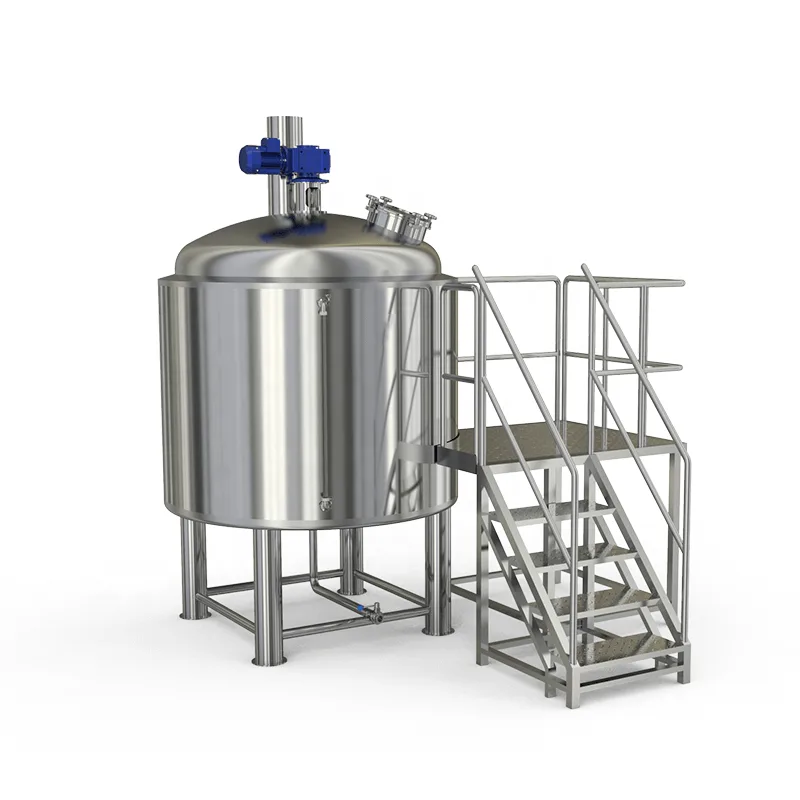
Conclusion
A commercial cold brew system transforms traditional manual cold brewing into a standardized, scalable, and hygienic industrial process.
By selecting the right system and carefully controlling parameters such as ratio, temperature, and time, beverage producers can achieve consistent quality, lower production costs, and expand into new product categories like ready-to-drink cold brew, nitro beverages, and cold brew-infused beer.
For beverage manufacturers seeking innovation and efficiency, investing in a modern cold brew system is not just an upgrade—it’s a strategic move toward smarter, safer, and more profitable production.
Any other questions feel free to reach to us for more ideas please Свяжитесь с нами.

